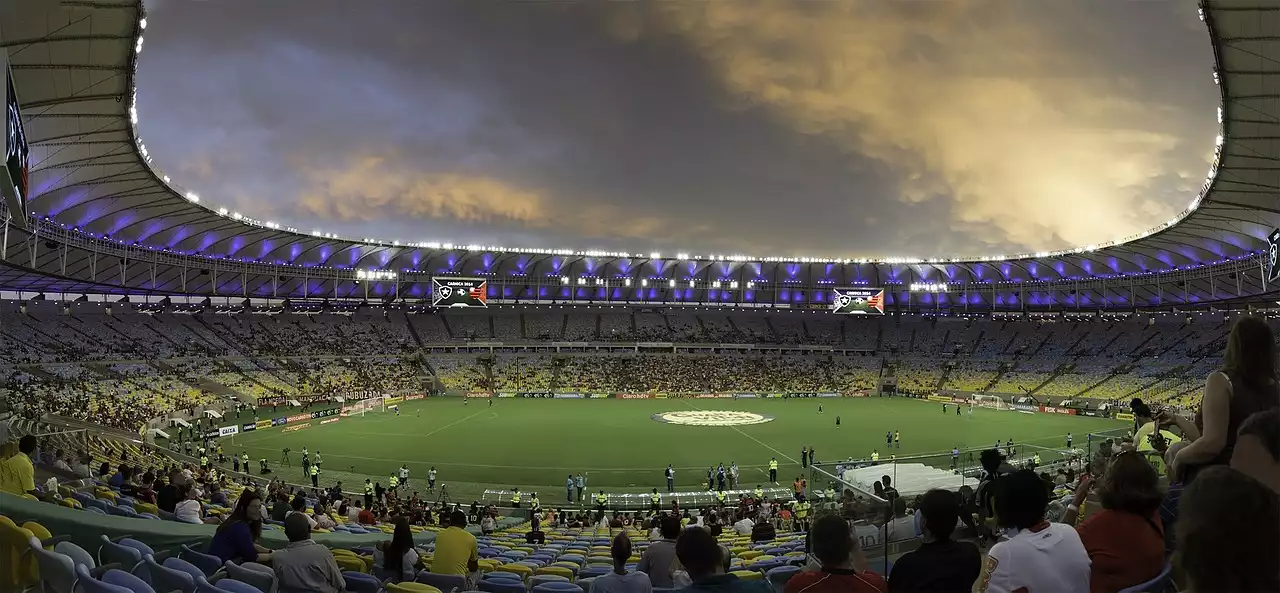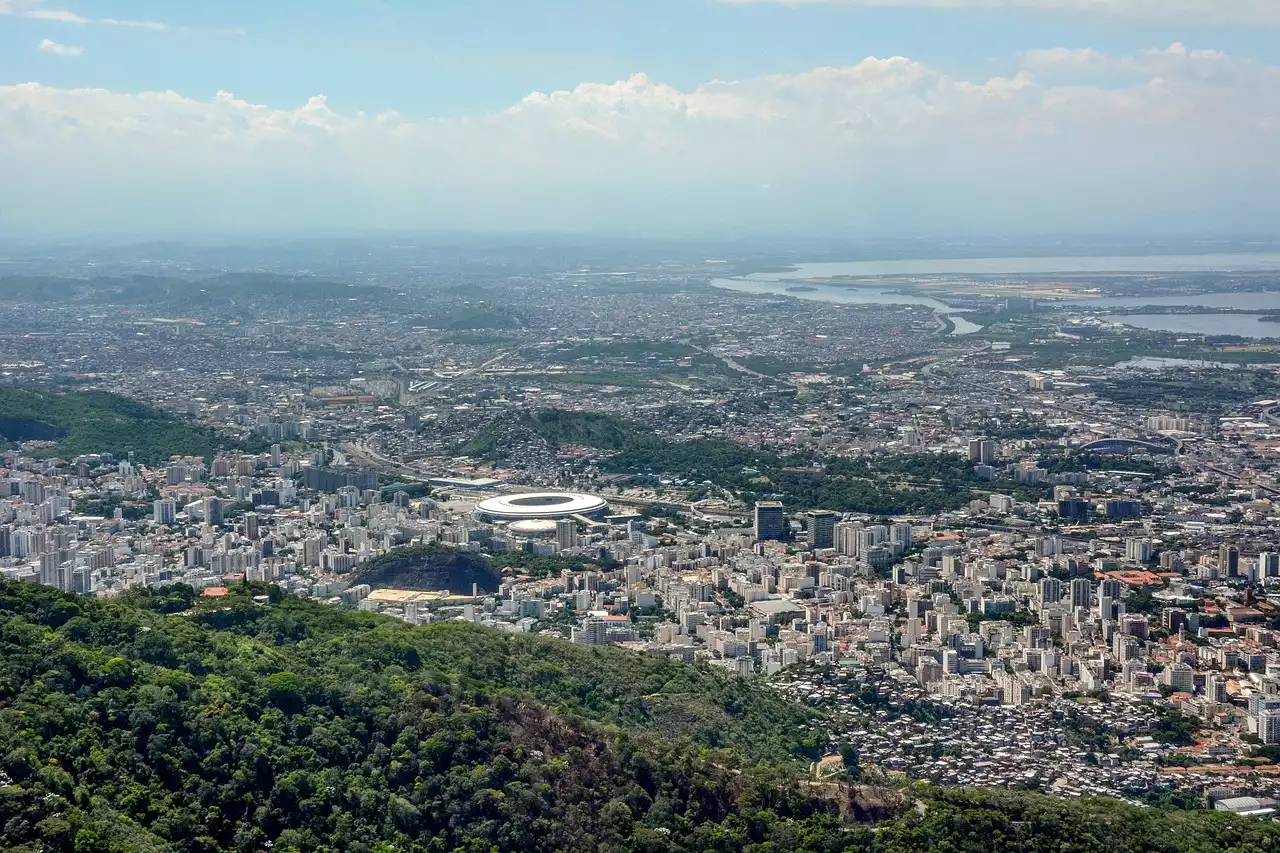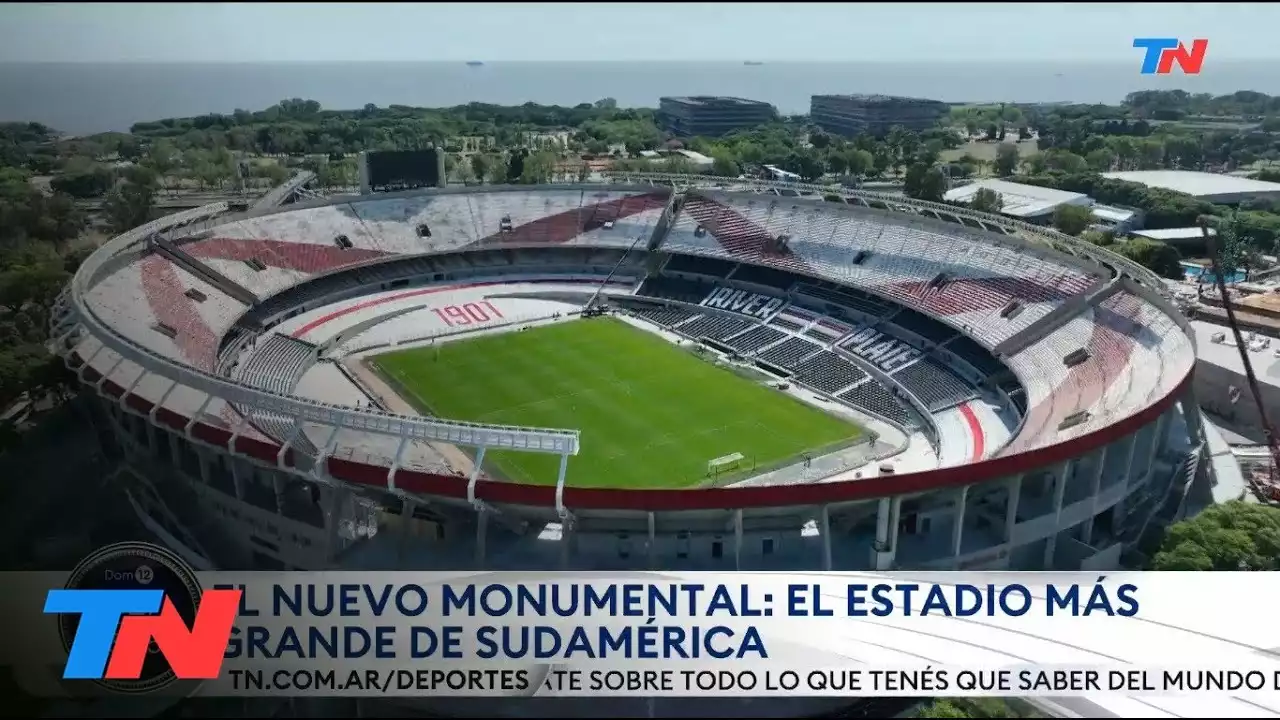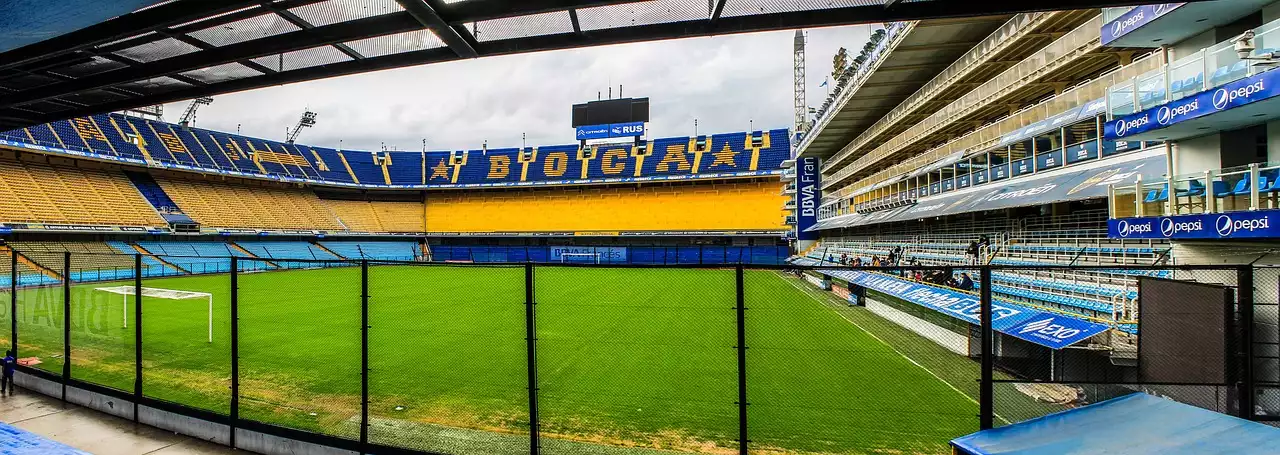The significance of stadiums in the Copa Libertadores
Stadiums play a crucial role in the Copa Libertadores, not only as venues for matches but also as symbols of the rich football culture in South America. These stadiums are the battlegrounds where teams fight for glory, and the energy exuded by the passionate fans adds to the intensity of the matches. The atmosphere in these stadiums is electrifying, with fans singing, chanting, and waving flags throughout the duration of the game. The significance of these stadiums goes beyond the sport itself; they are cultural icons that bring communities together and serve as a source of pride for the cities they call home. The Copa Libertadores wouldn't be the same without these iconic venues that have witnessed some of the tournament's most memorable moments.
Estadio Monumental - Buenos Aires, Argentina
As one of the most famous stadiums in the world, Estadio Monumental in Buenos Aires, Argentina, holds a special place in the hearts of football fans. Home to River Plate, one of the most successful clubs in South America, this colossal stadium has witnessed the glory and triumphs of the team throughout the years. With a seating capacity of over 70,000, the atmosphere inside Estadio Monumental is nothing short of awe-inspiring. The iconic exterior, with its distinctive concrete pillars, adds to the grandeur of the stadium. Stepping into Estadio Monumental is like stepping into a football cathedral, where the echoes of past victories resonate within its walls. It's no wonder that this stadium has hosted numerous Copa Libertadores finals, including the unforgettable clash between River Plate and Boca Juniors in 2018.
Maracanã Stadium - Rio de Janeiro, Brazil
Maracanã Stadium in Rio de Janeiro, Brazil, is synonymous with football greatness. This historic stadium has been the stage for countless legendary matches and has hosted two FIFA World Cup finals. With a capacity of over 78,000, Maracanã is a behemoth of a stadium that has witnessed the triumphs of some of Brazil's most iconic teams, such as Flamengo and Fluminense. The sheer size of Maracanã is awe-inspiring, and the atmosphere during matches is absolutely electric. The stadium's circular shape and distinctive roof add to its architectural beauty. Maracanã has seen its fair share of Copa Libertadores matches, with some of the most intense rivalries in South American football unfolding within its walls.
Alberto J. Armando Stadium (La Bombonera) - Buenos Aires, Argentina
No list of iconic Copa Libertadores stadiums would be complete without mentioning La Bombonera, the home of Boca Juniors in Buenos Aires, Argentina. La Bombonera, officially known as Alberto J. Armando Stadium, is a cauldron of passion and intensity. The stadium's unique design, with its steep stands that seem to tower over the pitch, creates an atmosphere that is unmatched anywhere else in the world. The fans, known as "La Doce," are notorious for their unwavering support and deafening chants that reverberate throughout the stadium. La Bombonera has witnessed some of the most memorable moments in Copa Libertadores history, including Boca Juniors' multiple triumphs in the tournament. Stepping into this iconic stadium is an experience like no other, as the passion and energy of the fans engulf you from the moment you enter.
Estadio Alberto J. Armando, más conocido como la 'Bombonera'. Un templo del fútbol mundial 😍😍😍
Estadio Centenario - Montevideo, Uruguay
Located in Montevideo, Uruguay, Estadio Centenario is a true symbol of South American football. This historic stadium, inaugurated in 1930, hosted the first ever FIFA World Cup final, where Uruguay emerged victorious. Estadio Centenario has since become an iconic venue for football matches, including several Copa Libertadores finals. The architecture of the stadium reflects its rich history, with its classic design and imposing stands. The atmosphere inside Estadio Centenario is simply magical, with fans filling the stadium and creating an unforgettable ambiance. This stadium has witnessed the triumphs of Uruguayan clubs, such as Peñarol and Nacional, as they battled it out for Copa Libertadores glory.
【4K】🇺🇾 Estadio Centenario from Above 🔥 MONTEVIDEO 2022 🔥 Cinematic Wolf Aerial™ Drone Film
Estadio Nacional - Lima, Peru
Last but certainly not least, Estadio Nacional in Lima, Peru, holds a special place in the hearts of football fans across South America. This historic stadium has been the setting for numerous memorable Copa Libertadores matches, including finals. With a seating capacity of over 40,000, Estadio Nacional has witnessed the clashes between some of the continent's fiercest rivals. The stadium's grand architecture and vibrant atmosphere make it a truly iconic venue. The passion of Peruvian football fans is evident in the cheers, chants, and flags that fill the stadium during matches. Estadio Nacional is a testament to the rich football culture in Peru and the role it has played in the history of the Copa Libertadores.
Other notable stadiums in the Copa Libertadores
While the aforementioned stadiums are undoubtedly the most iconic in the Copa Libertadores, there are several other notable venues that have left their mark on the tournament. For example, Estadio Defensores del Chaco in Asunción, Paraguay, has hosted multiple Copa Libertadores finals and is known for its intimidating atmosphere. Similarly, Estadio Beira-Rio in Porto Alegre, Brazil, home to Internacional, has witnessed some unforgettable clashes in the tournament. These stadiums, along with many others, contribute to the rich tapestry of South American football and the legacy of the Copa Libertadores.
The impact of Copa Libertadores stadiums on the fans
The stadiums of the Copa Libertadores not only provide a stage for the players but also have a profound impact on the fans. The passionate atmosphere created by the roaring crowds and the vibrant energy that fills these stadiums is a testament to the deep-rooted love for football in South America. For the fans, going to a Copa Libertadores match is an experience like no other. It's a chance to come together, support their team, and be a part of something larger than themselves. These stadiums become a second home for the fans, a place where they can express their love and devotion for the game. The memories created in these stadiums are cherished for a lifetime and are passed down through generations, creating a bond that transcends time and borders.










